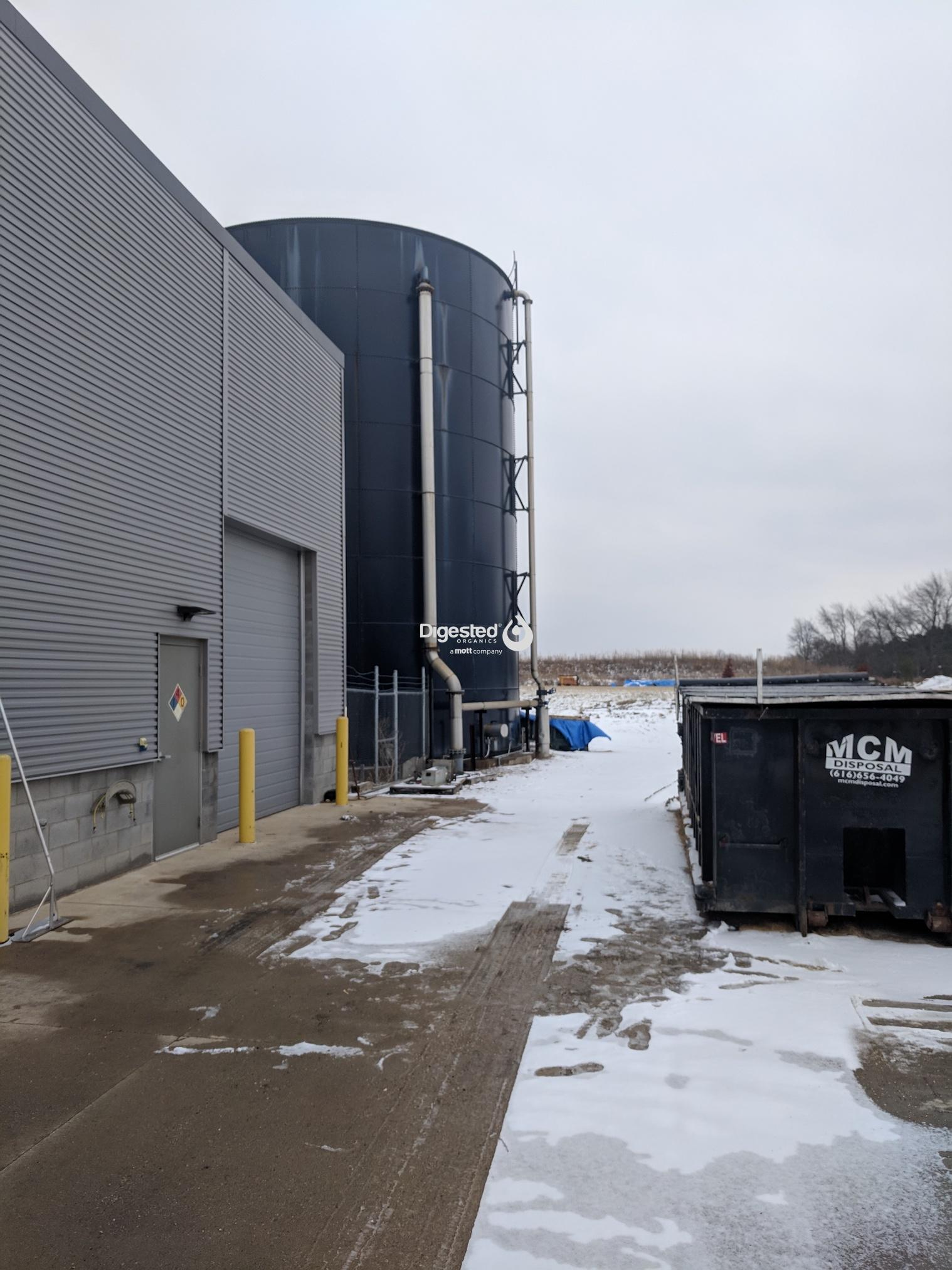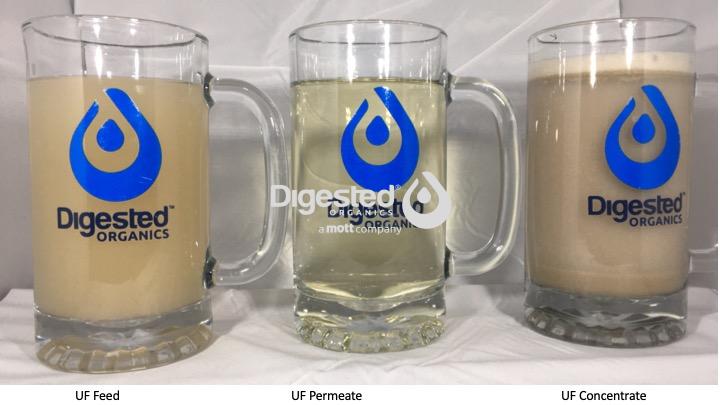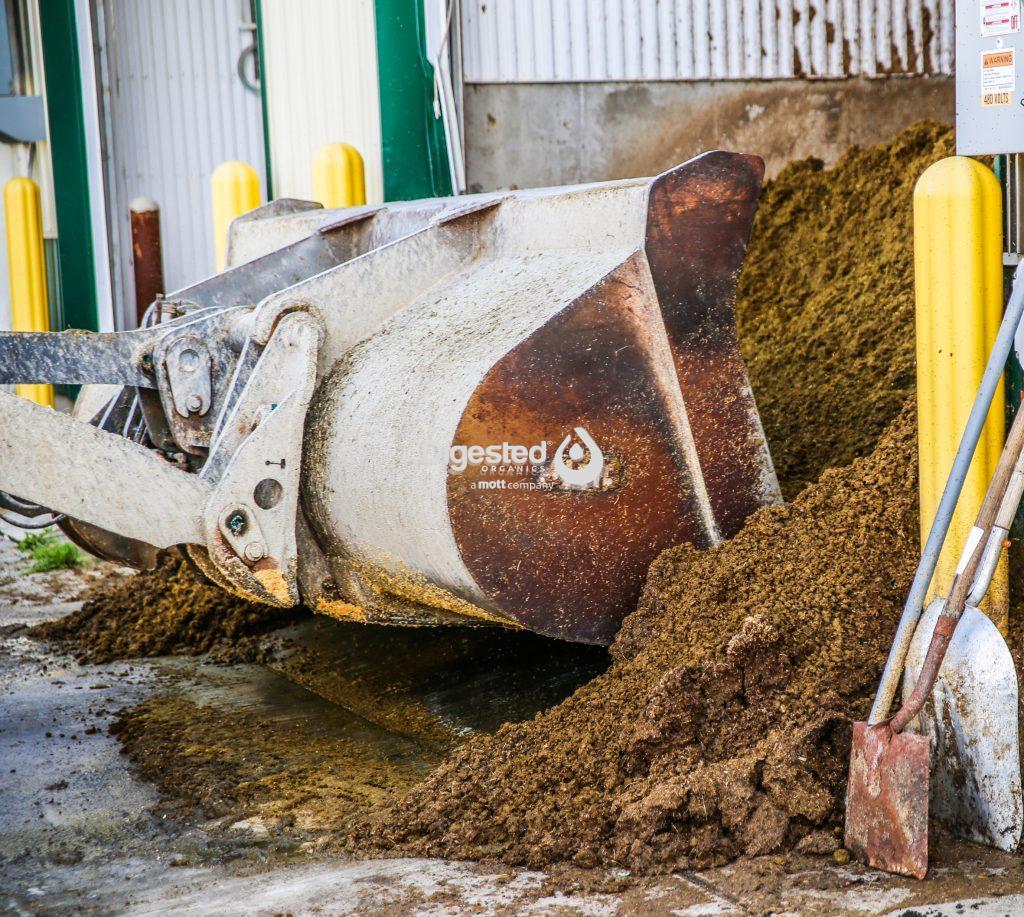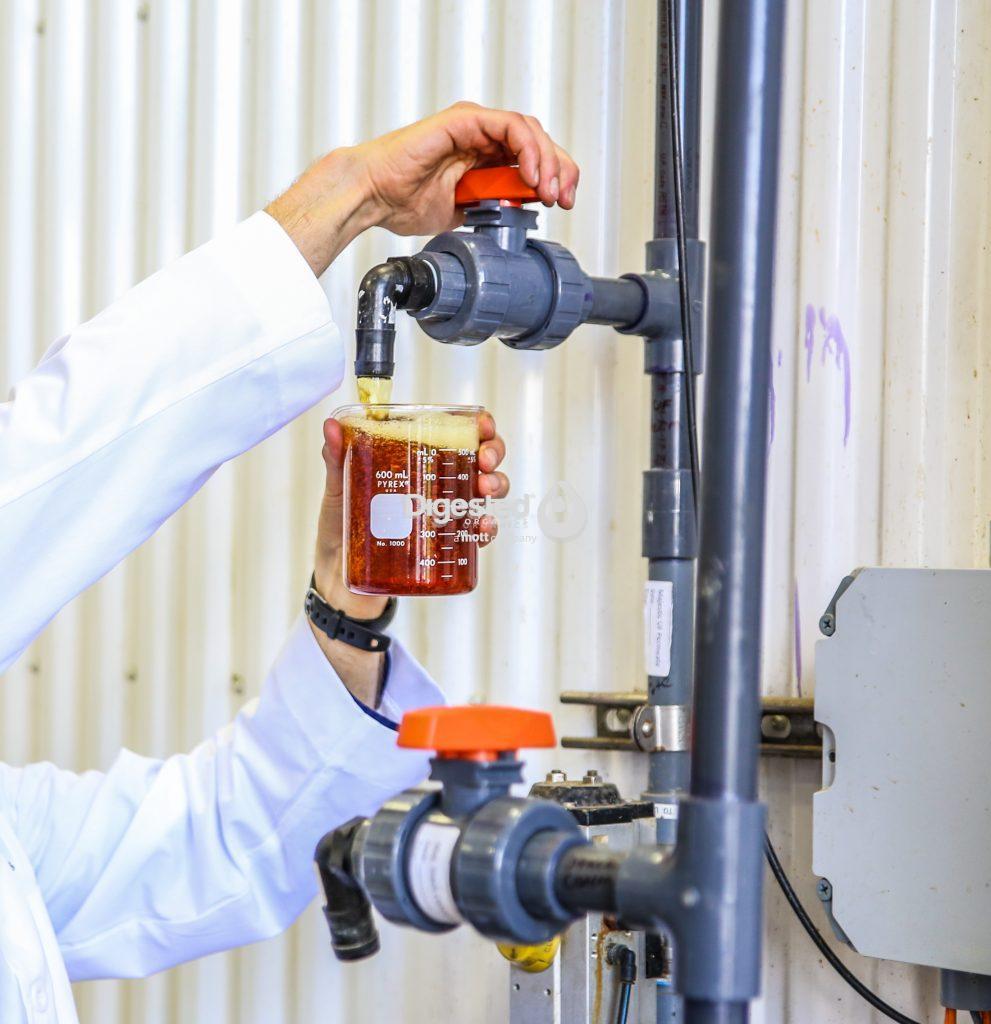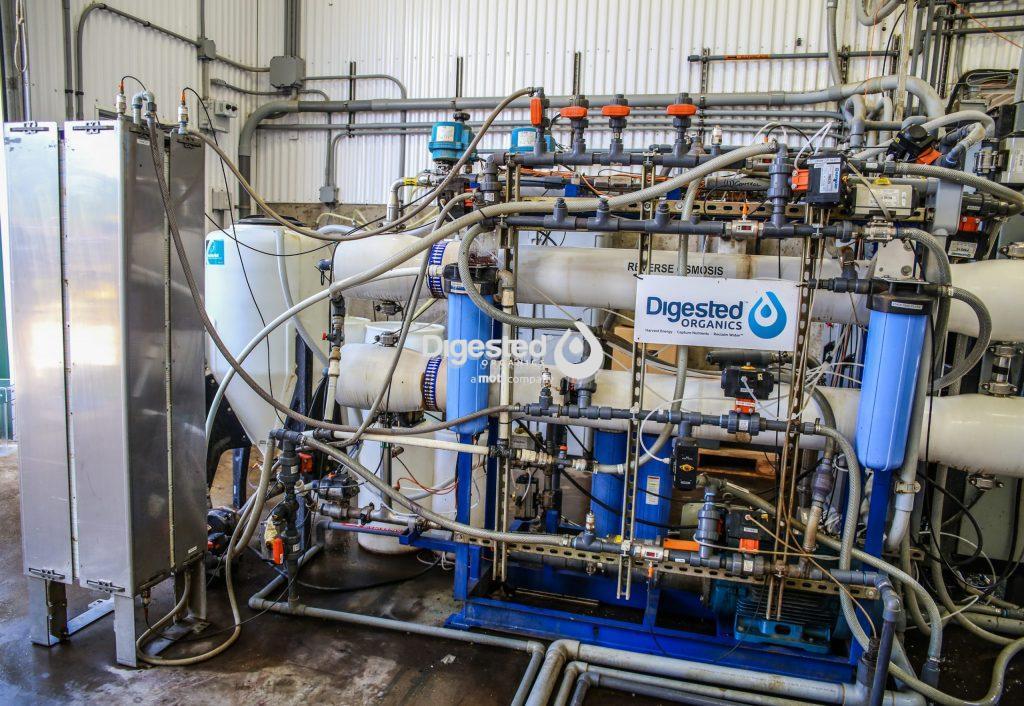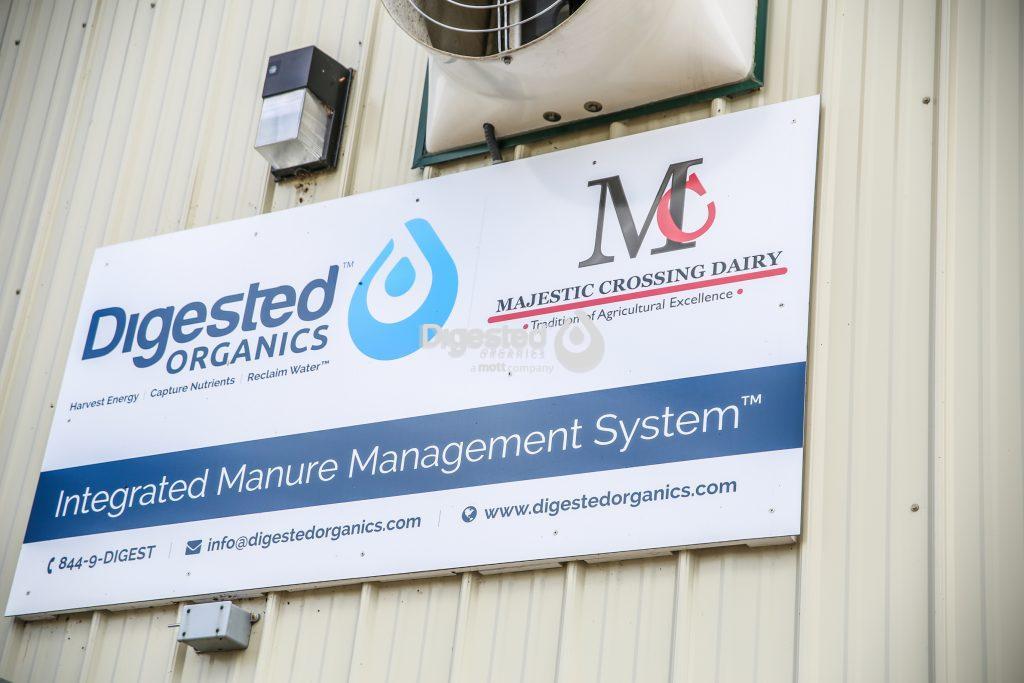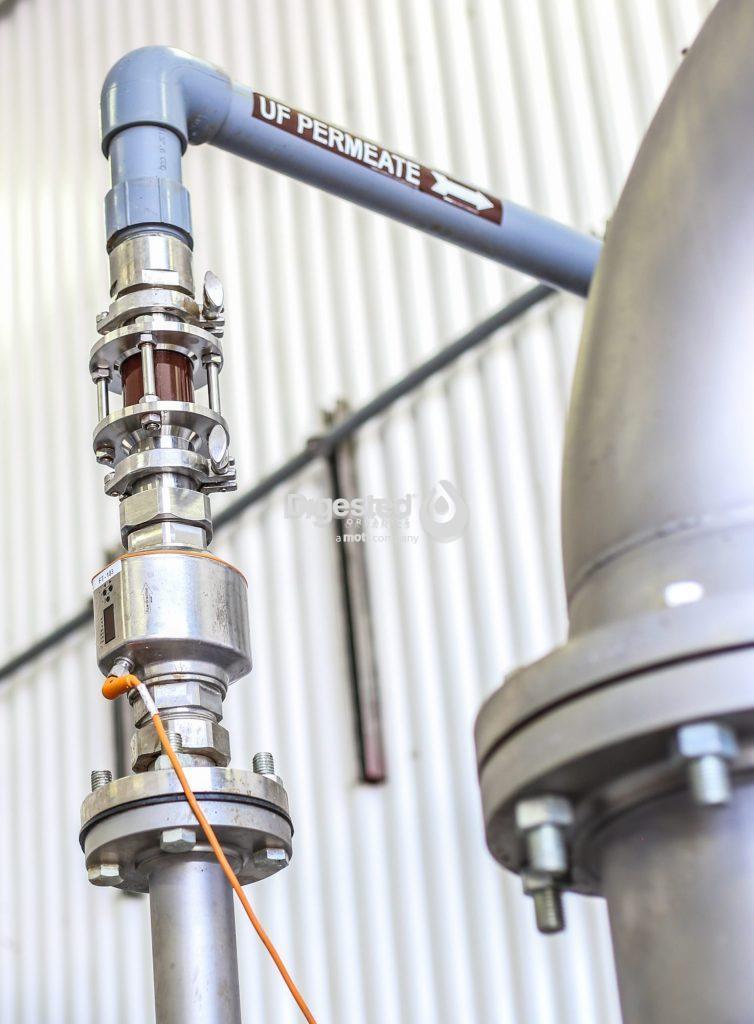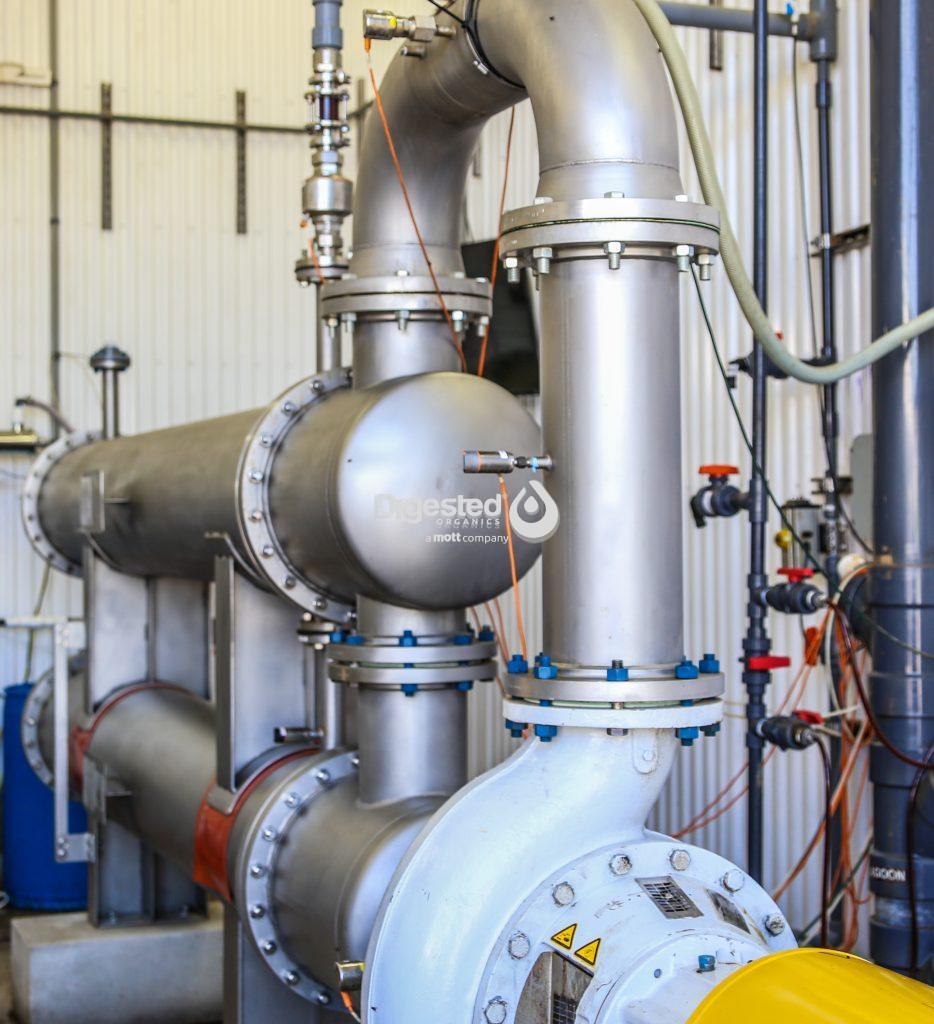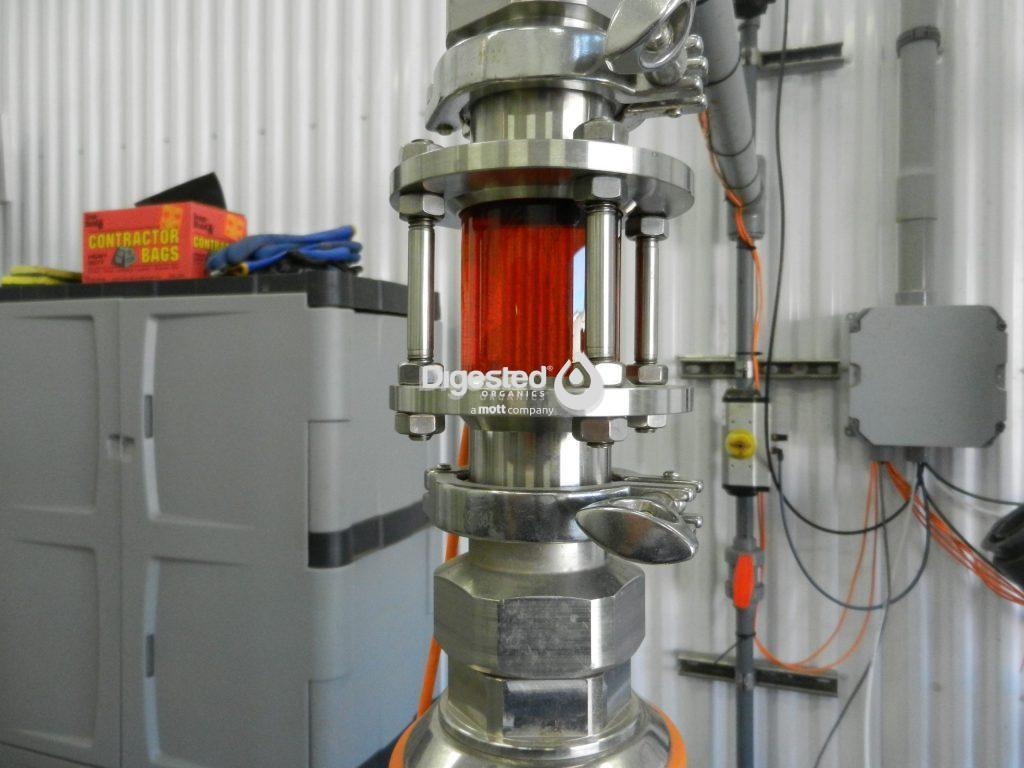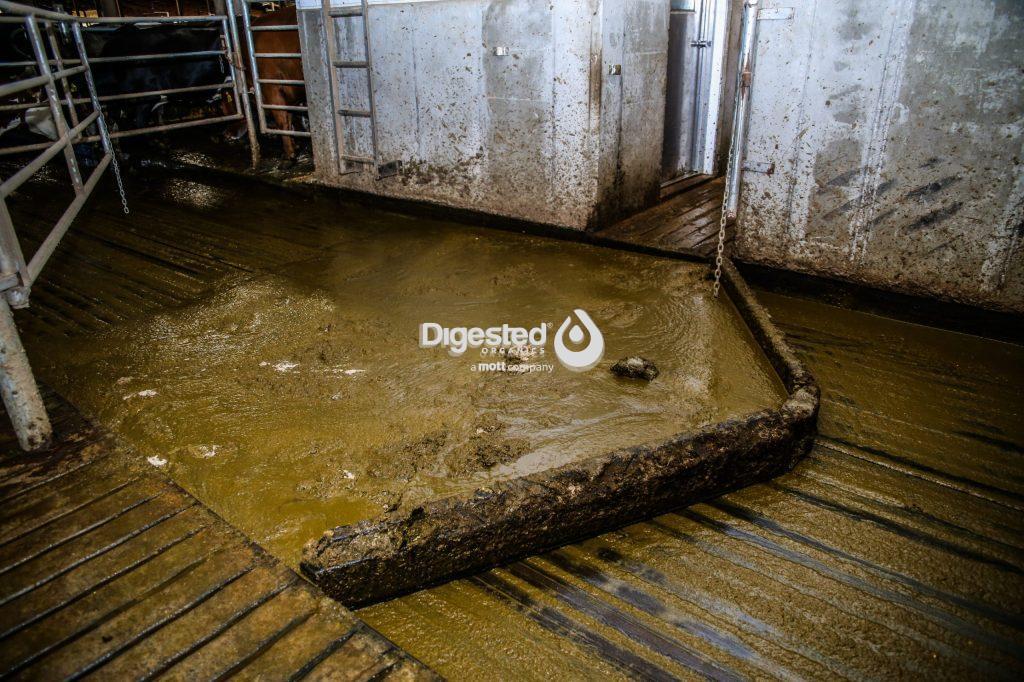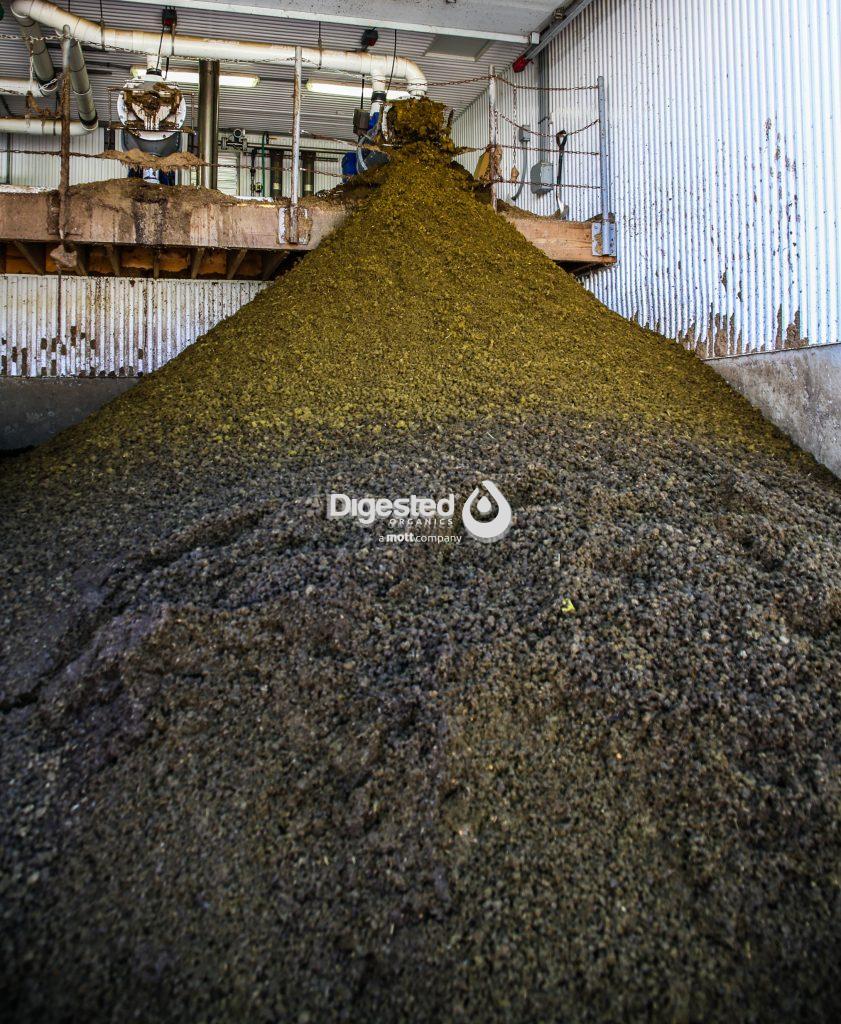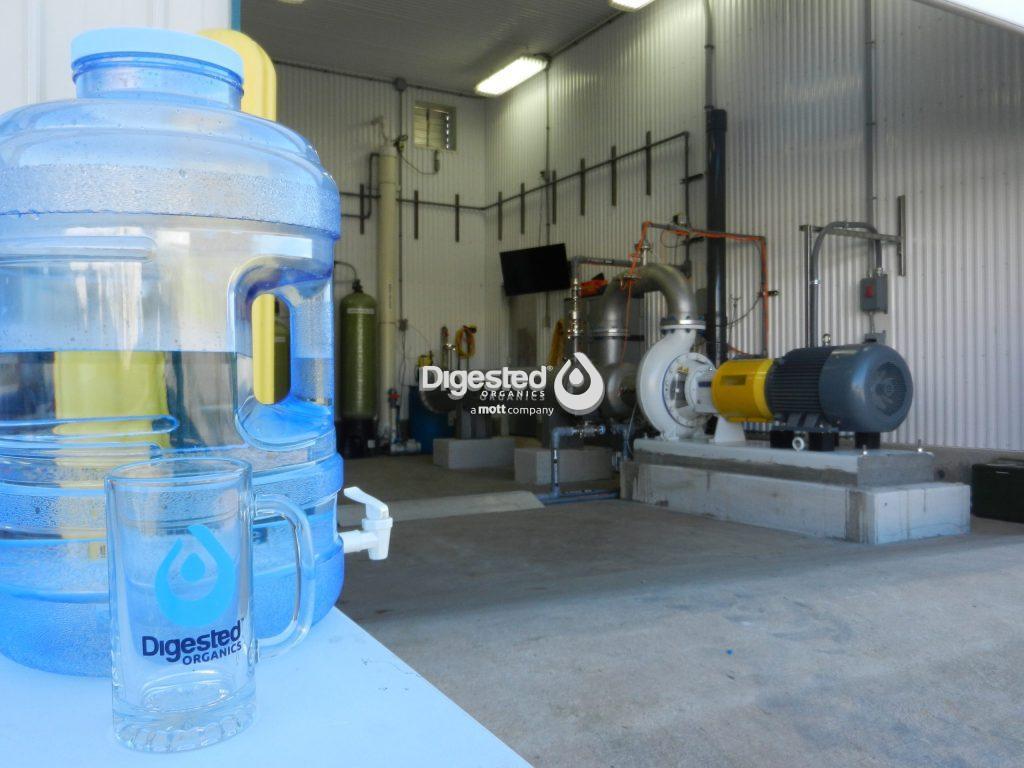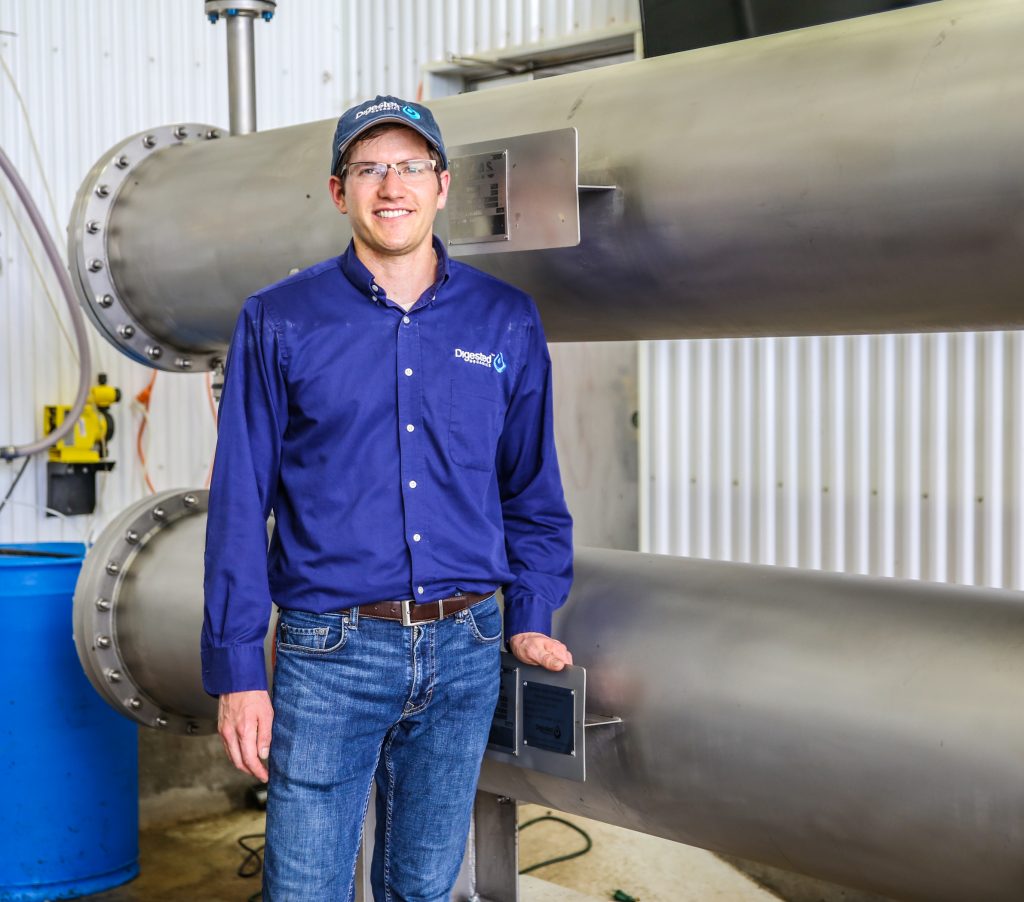Brewery Wastewater Treatment
For Michigan Brewery
Client
Year
2019
- Recovered 95% of the wastewater as UF permeate
- Reduce total solids/COD in effluent for sewer discharge
- Ultrafiltration (UF)
- Two-Step Reverse Osmosis™ (TSRO)
Case Study: Brewery, Ultrafiltration, TSRO, digestate
A Michigan based craft brewery produces about 200,000 GPD of raw wastewater from their process stream, which is then processed by anerobic digester (AD) units. The effluent from the current process stream has very high solids and organic load rendering huge cost for discharge. We have tested our unique UF, designed to treat wastewater without the addition of polymers or processing aids, significantly reducing the operation cost.
Company Issue / Challenge
The company is currently providing huge surcharge for releasing the process stream directly in the municipal sewer system.
Hauling the effluent to a centralized treatment facility is cost-prohibitive.
What We Delivered
Impact & Benefits
Our filtration system is designed to recover more than 90% of the liquid as clean water for direct discharge.
Analysis of Ultrafiltration Process Streams
| PARAMETER | Unit | UF Feed | UF Permeate | UF Concentrate | Percent Removed by UF |
|---|---|---|---|---|---|
| Total solids %) | % | 0.39 | 0.17 | 1.23 | 56% |
| Total suspended solids | mg/L | 1,260 | 13 | NA | 99% |
| Total Chemical oxygen demand (tCOD) | mg/L | 2,434 | 267 | 16,470 | 89% |
| Soluble Chemical oxygen demand (sCOD) | mg/L | 596 | 249 | 350 | 58% |
| Biochemical oxygen demand (BOD) | mg/L | 500 | 100 | 2,456 | 80% |
| Ammoniacal Nitrogen | mg/L | 13 | 8.2 | 73.2 | 37% |
| Organic nitrogen % | mg/L | 123 | 8.8 | 1040 | 93% |
| Total Kjeldahl nitrogen (TKN) | mg/L | 136 | 17 | 1110 | 88% |
| Phosphorus (total) | mg/L | 41 | 26.6 | 131 | 35% |
| Potassium (total) | mg/L | 97 | 84.2 | 156 | 13% |
| Sulfur (total) | mg/L | 14.9 | 5.2 | 96.9 | 65% |
| Calcium (total) | mg/L | 75.4 | 69.9 | 112 | 7% |
| Magnesium (total) | mg/L | 26.3 | 24.9 | 38.5 | 5% |
| Sodium (total) | mg/L | 488 | 472 | 478 | 3% |
| Iron (total) | mg/L | 5.62 | 0.5 | 50.1 | 91% |
| Manganese (total) | mg/L | 0.334 | 0.093 | 0.687 | 72% |
| Zinc (total) | mg/L | 0.18 | <.01 | 1.26 | 100% |
| Copper (total) | mg/L | 0.32 | < 0.01 | 1.83 | 100% |
| Conductivity | mS/cm | 2.81 | 2.74 | 3.01 | |
| pH S.U. | S.U. | 7.15 | 7.26 | 7.41 |
n/a not applicable, n.d. not detected, NA; not analyzed
These data reveal that the UF reduced some of the total solids (mainly by removal of the suspended solids), organics (COD), along with high amounts of calcium present in the stillage. The UF permeate may be further purified by our TSRO technology.
Analysis of Ultrafiltration Process Streams
| PARAMETER | Unit | TSRO Feed | TSRO Permeate | TSRO Concentrate | Percent Removed by TSRO |
|---|---|---|---|---|---|
| Total solids %) | % | 0.39 | 0.03 | 0.74 | 93% |
| Total suspended solids | mg/L | 1,260 | NA | NA | |
| Total Chemical oxygen demand (tCOD) | 2,434 | – | 3,740 | 100% | |
| Soluble Chemical oxygen demand (sCOD) | mg/L | 596 | – | 560 | 100% |
| Biochemical oxygen demand (BOD) | mg/L | 500 | <4.5 | 1,091 | 100% |
| Ammoniacal Nitrogen | mg/L | 13 | < 5.0 | 22.7 | 100% |
| Organic nitrogen % | mg/L | 123 | < 0.01 | 226 | 100% |
| Total Kjeldahl nitrogen (TKN) | mg/L | 136 | < 5 | 249 | 100% |
| Phosphorus (total) | mg/L | 41 | < 0.01 | 99.2 | 100% |
| Potassium (total) | mg/L | 97 | < 0.01 | 168 | 100% |
| Sulfur (total) | mg/L | 14.9 | 0.6 | 47.9 | 96% |
| Calcium (total) | mg/L | 75.4 | 0.49 | 210 | 99% |
| Magnesium (total) | mg/L | 26.3 | 0.11 | 77.6 | 100% |
| Sodium (total) | mg/L | 488 | 107 | 1600 | 78% |
| Iron (total) | mg/L | 5.62 | <0.05 | 8.16 | 100% |
| Manganese (total) | mg/L | 0.334 | <.005 | 0.722 | 100% |
| Zinc (total) | mg/L | 0.18 | <.01 | 0.34 | 100% |
| Copper (total) | mg/L | 0.32 | < 0.01 | 0.67 | 100% |
| Conductivity | mS/cm | 2.81 | 0.588 | 7.6 | |
| pH S.U. | S.U. | 7.15 | 5.1 | 7.58 |
n/a not applicable, n.d. not detected, NA; not analyzed
These data indicate that the TSRO produced very clean water. Ammonia concentration was below detection limit and TKN was <20 mg/L which is ideal for discharge. We removed 99% of the total solids in the UF permeate and only trace amounts of organic matter remained. Note that the high concentration of sodium in the TSRO concentrate is an artifact of batch concentration that leads to elevated total solids concentration. It would not be expected in the commercial, continuous system.
Are you facing a similar business challenge?
Call today and get discounted pilot testing when you mention this case study!

